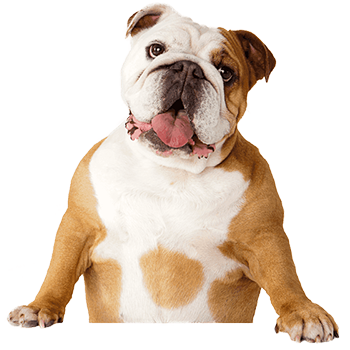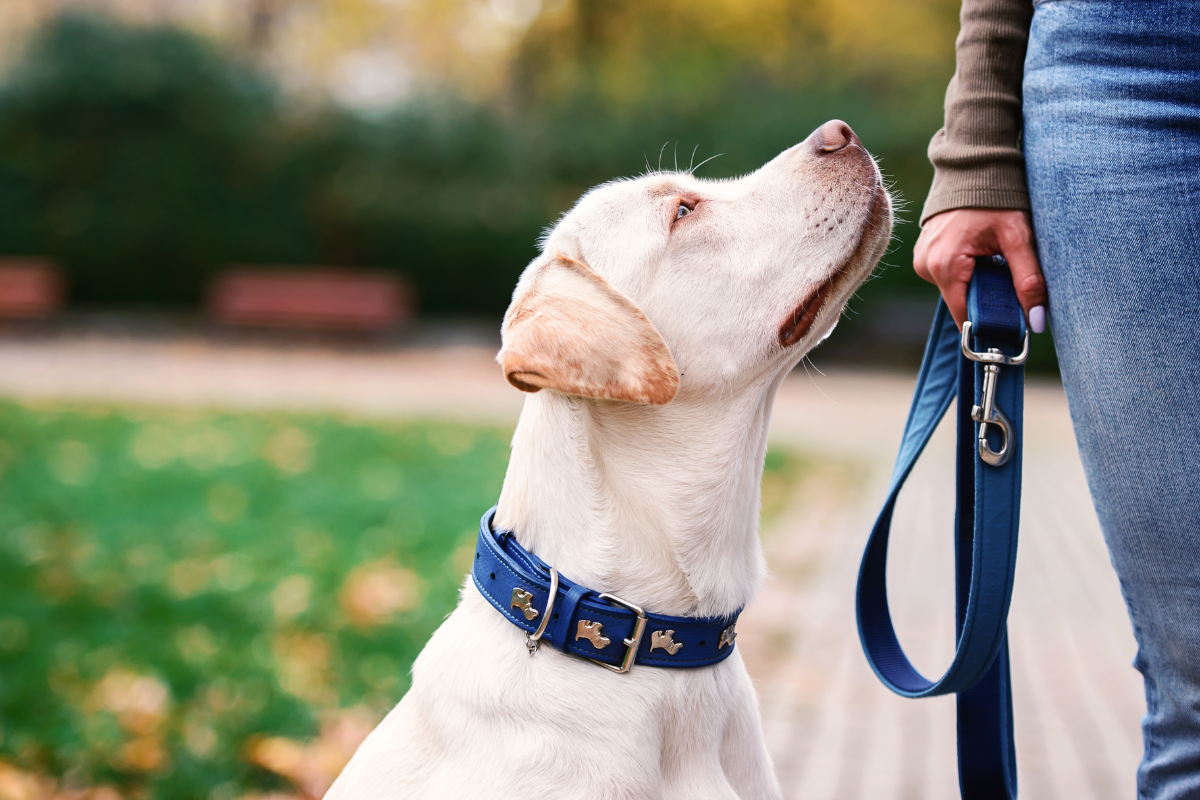Welcoming a dog into your life is a joyful and rewarding experience, but it also comes with the responsibility of teaching them the skills they need to thrive. Whether you’ve just adopted a puppy or are working with an older dog, mastering a few essential commands and behaviors can make life smoother for both of you.
Here are five foundational skills every dog should learn—and why they matter.
Sit and Stay
“Sit” is often the first command taught, and for good reason. It’s simple, effective, and lays the groundwork for more advanced training. Teaching your dog to “stay” builds on this by encouraging patience and impulse control. These commands are especially useful in everyday situations—like waiting at the door, during mealtimes, or when guests arrive. Start with short durations and gradually increase the time and distractions. Always reward your dog for staying put until released.
Recall
A reliable recall—coming when called—is arguably the most important skill your dog can learn. It’s not just about convenience; it’s about safety. Whether your dog slips out the front door or is off-leash at the park, a strong recall can prevent accidents and keep them out of harm’s way. Use a cheerful tone, offer high-value treats, and practice in a variety of environments with distractions (one the recall is established). Make coming back to you the best part of your dog’s day.
Place
The “place” command teaches your dog to go to a designated spot, like a mat or bed, and stay there until released. This is a great way to manage your dog’s behavior during busy times—like when you’re cooking, eating, or hosting guests. It also helps your dog learn to settle and relax on cue.
Walking Nicely on a Leash
Leash manners are essential for enjoyable walks – and a skill that can be hard to master for many dogs. A dog that pulls, lunges, or zigzags can turn a peaceful stroll into a frustrating tug-of-war. Teaching your dog to walk politely on a loose leash makes outings more pleasant and reinforces your role as the leader. Use positive reinforcement to reward your dog for staying by your side, and stop walking when they pull. Consistency is key—every walk is a training opportunity.
Crate and House Training
Crate training provides your dog with a safe, cozy space and is a powerful tool for house training. Dogs naturally avoid soiling their sleeping area, so a properly sized crate can help teach bladder control and establish a routine. Combine crate time with regular potty breaks, praise, and patience. Over time, your dog will learn where and when it’s appropriate to go—and you’ll enjoy a cleaner, more predictable home environment.
Mastering these five skills sets the stage for a well-behaved, confident, and happy dog. Training takes time and consistency, but the bond you build along the way is worth every moment. Whether you’re aiming for a calm companion or a canine superstar, these foundational tricks are the perfect place to start.


